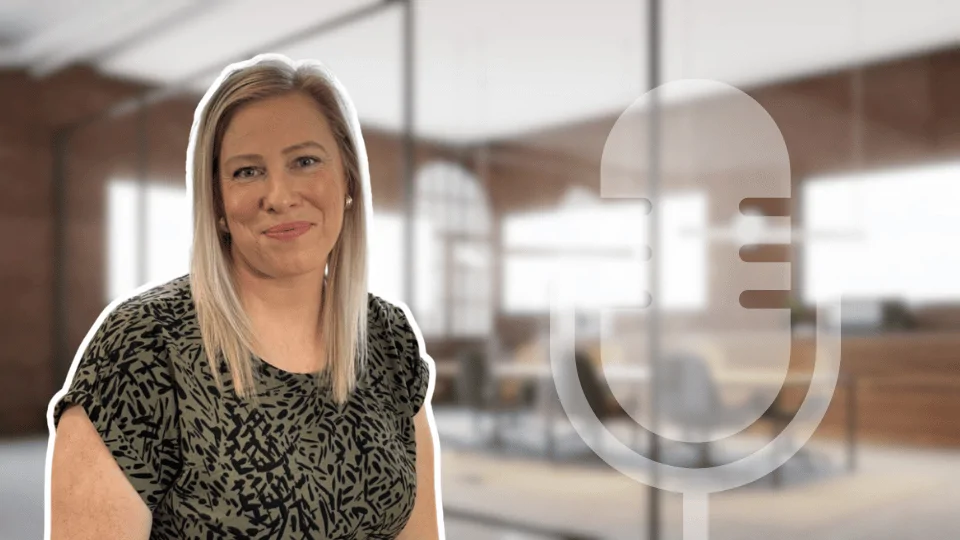Miniature Medical Devices – How Engineers Are Reimagining Medicine In The Life Sciences Sector
30 Oct, 20193:57Integrating technology with the human body was once a subject of pure Science Fiction - espe...

Integrating technology with the human body was once a subject of pure Science Fiction - especially for medical purposes. We’ve long been presented with the concept of worlds where artificially enhanced humans use technology to overcome biological weaknesses and now, thanks to a group of medical device engineers from the Massachusetts Institute of Technology (MIT), we’re one step closer to this “science fiction” becoming reality.
The team of researchers, led by Xinyue Liu, has created an edible pill that can deliver medical devices inside the body with little intrusion. This could see the end of invasive procedures such as gastroscopy where an endoscope, fitted with a light and camera, is inserted through the mouth and travels into the stomach to diagnose, investigate, treat and monitor abdominal problems.
NES Global Talent has 20 years’ experience in placing professionals across the Life Sciences sectors, including the Medical Devices industry, and is excited to help pioneering employers and scientists alike to decrease the gap between reality and fiction. The prospective use of miniature technology has the potential to go far beyond just solving abdominal problems, and could be used to treat all manner of medical problems, transforming the Medical Devices industry as we know it.
So, how does miniature medical device technology work and what does this mean for the future of medicine?
How do miniature medical devices work?
For technology to be integrated with the human body, a device is required that is biocompatible, mechanically flexible, and robust over time in biological organisms – in other words, an edible delivery method is needed, such as a pill, that can transport the medical device safely through the oesophagus without it passing out through the pylorus in the stomach. To achieve this, the team at MIT have been inspired by a pufferfish to create a hydrogel device that is small enough to be ingested comfortably but can then expand in a gastric environment to prevent it from exiting the stomach.
The pill should be ingested, followed by liquid so the superabsorbent hydrogel particles can then absorb water and swell:
The hydrogel device can be ingested as a standar-sized pill (diameter of 1-1.5cm), rapidly imbibe water and inflate (up to 100 times in volume within 10 minutes) into a large soft sphere (diameter of up to 6cm, modulus of 3 kPa)
-Xinyue Lui, Mechanical Engineering PhD Student at MIT
To ensure robustness, the engineers included a protective layer of crystalline chains to form an outer membrane that could withstand the stress. After applying great pressure to the device (more than it would normally experience when the stomach contracts) they found this resulted in no damage to the membrane.
Once the medical device, which can reach the size of a Ping-Pong ball, has been delivered and performed its duty it’s then deflated by a solution with a calcium level higher than that of milk, enabling it to pass through the pylorus – exiting the body.

Potential uses in the life sciences market
This device so far has been embedded with temperature sensors to track the changes in gastric temperatures and their relation to food/drink intake throughout the day. Recording gastric temperatures over a longer period of time can reveal dietary habits which could, in the future, be used to help those suffering from stomach problems.
Other potential uses include in vitro drug release, which Lui describes as being a ‘suitable solution for those who have to take medicine routinely or need to be monitored over a prolonged period’, or the technology could be embedded with cameras so medical conditions can be monitored in a less invasive way. Lui says:
Our hydrogel device can be potentially used as a versatile platform for other functions that closely interact with the digestive system in the human body. For example, long-term measurements of other biosignals may be enabled by the miniature sensors (for motion, salinity, pressure, pH, gas, or other biomarkers) embedded in the hydrogel device. Moreover, the long-acting hydrogel device may be used for monitoring medication-taking patterns, visualizing GI tract disorders by carrying a mini camera, modulating gut microbiota via the addition of probiotics/prebiotics, and inducing satiety to control obesity by volume exclusion.
The future of miniature devices technology
The researchers in MIT don’t exist in a vacuum; there are other scientists around the world imagining similar solutions.
In Hong Kong at the City University, a team of researchers are working on a ‘milli-robot’ solution for drug delivery. These marvels in soft-robotics are less than a mili-metre long, made from Polydimethylsiloxane – a silicon material – and are designed to act like bacteria to move through the body with ease. Magnetically controlled, they can deliver medication 100x their weight to where it’s required.

These advancements in technology are likely to also drive change in employment in the Life Science industry. Gareth Rose, NES Global Talent’s Life Science Regional Director comments:
Innovation in science and technology has been a driver for change across the centuries. From the industrial revolution to the advancements in medical devices we see today - miniature devices like the ‘mili-robot’ and hydrogel device will drive change in medicine and their related talent pools as the focus becomes more on digital solutions than traditional treatments.
However, these changes are still ahead of us - the type of futuristic medical device created in Hong Kong is still far from commercial use. Just like the hydrogel device created in MIT, this ‘mili-robot’ needs a way to enter and exit the body without being intrusive. Currently, the material they are made from isn’t biodegradable and can be difficult to swallow – especially to those who struggle taking medication anyway.
But, with the rate of innovation increasing faster day by day, it won’t be long until the Science Fiction imaginings of tomorrow, become the reality of today.
NES and staffing the Medical Devices market
NES Global Talent has been supporting the Medical Device Industry for over 20 years, sourcing personnel for engineering, scientific and commercial roles across the market. If you have a staffing need our discipline specific life science consultants will support you by providing the experts you need to continue making great leads in medical device innovation and production.
If you’re a scientist or life sciences professional looking to grow your capabilities in the medical device industry, submit your CV today to take the next steps in your career or browse our medical devices jobs.









